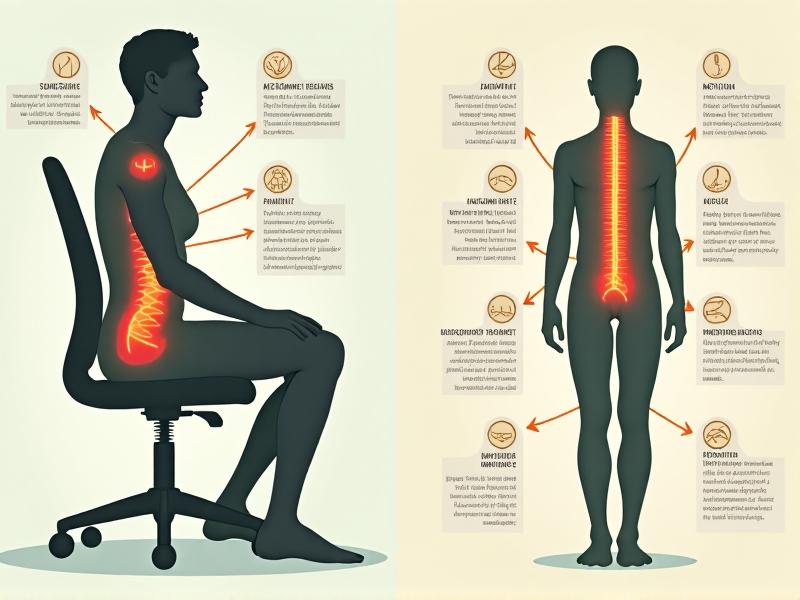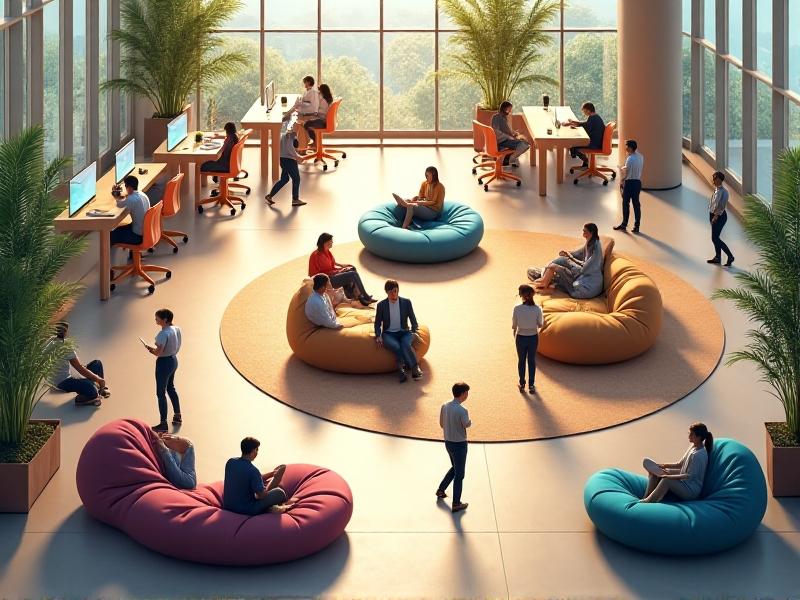```html
Understanding Postural Demands and Their Impact on Energy
Postural demands refer to the physical strain incurred by maintaining specific body positions during tasks. Whether sitting at a desk, standing on a factory floor, or bending in a warehouse, each posture places unique stresses on muscles, joints, and circulation. Static postures—like sitting or standing still—often lead to faster fatigue due to reduced blood flow and muscle stiffness. Dynamic postures, which involve movement, distribute energy expenditure more evenly but may still cause strain over time. Recognizing these demands is the first step in designing schedules that mitigate fatigue and enhance efficiency.

The Science Behind Energy Mapping: Linking Posture to Productivity
Research reveals that posture directly influences both physical stamina and cognitive performance. For instance, prolonged sitting correlates with reduced lumbar stability, while standing for extended periods can increase lower limb discomfort. Studies using electromyography (EMG) show that muscle activation patterns vary significantly between postures, affecting energy reserves. Cognitive tasks also suffer under prolonged static postures; a 2021 study found that participants who alternated between sitting and standing during work reported 15% higher focus levels. Energy mapping bridges these insights by aligning tasks with the body’s natural rhythms.

Practical Strategies for Task Scheduling Based on Posture
To optimize energy, group tasks by their postural requirements. Schedule high-focus cognitive work during periods of peak physical energy—often mornings—when sitting is less likely to cause distraction. Reserve afternoons for dynamic tasks like meetings or light physical activity. Introduce microbreaks every 30–60 minutes to shift postures, stretch, or walk. For example, a software developer might code while seated in the morning, take a walking lunch break, and tackle collaborative tasks standing in the afternoon. Personalized adjustments are key, as individual energy patterns vary.

Workplace Applications: Optimizing Office Layouts and Routines
Modern offices are reimagining layouts to support posture-varying workflows. Sit-stand desks, modular furniture, and designated movement zones encourage employees to transition between postures seamlessly. For example, a marketing firm redesigned its workspace with “focus pods” for seated work and “collaboration hubs” with standing tables. Employees reported 20% fewer complaints of mid-day fatigue after six months. Similarly, hospitals now rotate nurses between stationary and mobile duties to reduce lower back strain, demonstrating the versatility of energy mapping across industries.

Tools and Technologies for Effective Energy Mapping
Wearable devices like posture-correcting wearables and smartwatches track real-time data on slouching, standing duration, and movement. Apps such as PosturePal or ErgoTracker analyze this data to recommend task shifts. Advanced tools use AI to predict energy depletion; for instance, a construction company integrated sensors into safety helmets to alert workers when to switch from overhead drilling to ground-level assembly. These technologies transform subjective fatigue into actionable insights, making energy mapping accessible and precise.
Overcoming Challenges in Implementing Posture-Based Scheduling
Adopting energy mapping isn’t without hurdles. Resistance to change is common, especially in traditional workplaces. To address this, pilot programs with measurable outcomes—like reduced absenteeism or higher task completion rates—can demonstrate value. Another challenge is accommodating individual differences; a one-size-fits-all schedule may ignore chronic pain or mobility issues. Customizable tools and employee feedback loops help tailor solutions. For example, a remote team used weekly surveys to adjust their shared calendar, balancing group productivity with personal needs.
Case Studies: Success Stories Across Industries
A healthcare network reduced nurse fatigue by 30% after introducing posture-based rotations. Nurses alternated between patient rounds (walking), documentation (sitting), and medication prep (standing). In tech, a startup used energy mapping to cut meeting times by 25% by holding stand-up briefings and seated deep-dive sessions. Even educators benefit; a university lecturer interspersed lectures (standing) with interactive quizzes (seated), boosting student engagement metrics by 18%. These examples highlight energy mapping’s adaptability and impact.
The Future of Energy Mapping: Innovations and Trends
Emerging technologies like AI-driven biomechanical models and smart furniture will refine energy mapping. Imagine chairs that adjust firmness based on posture fatigue or AR glasses that project optimal task sequences onto your field of view. Researchers are also exploring genetic markers that influence posture resilience, paving the way for hyper-personalized schedules. As workplaces prioritize holistic well-being, energy mapping could become as standard as ergonomic chairs—an invisible yet indispensable tool for sustainable productivity.




